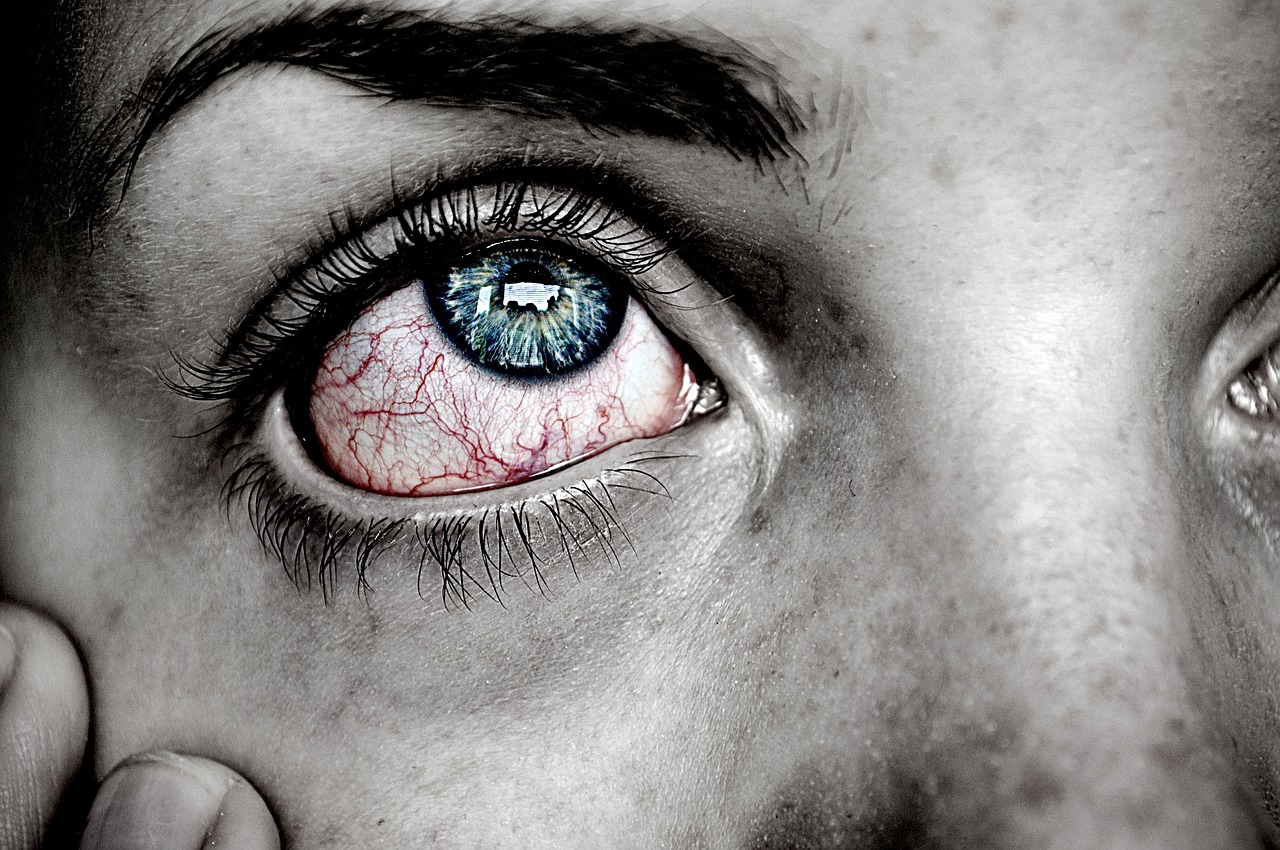Although a lot of people are very excited about virtual reality, the technology also has its drawbacks. Simulator sickness is a very real problem affecting hundreds of people who venture into VR. As a result of this experience, VR users will suffer from symptoms very similar to motion sickness. The technology will need to overcome these issues before virtual reality can go mainstream, that much is certain.
Do Not Underestimate Simulator Sickness
People who venture into the world of virtual reality for the first time will often suffer from nausea and sweating. That is only normal, as our bodies are not used to wander around in virtual reality and experience a brand new interactive environment that responds to everything we do without being “physically there”. Other side effects of simulator sickness include postural instability, drowsiness, disorientation, and sometimes even apathy.
The bigger question people have is why simulator sickness occurs in the first place, especially when dealing with a virtual reality environment. There are quite a few theories floating around regarding this occurrence, although sensory conflict seems to be the most logical explanation at this point. When entering a simulator, it takes some time for our senses to get used to the new environment.
In fact, one could argue the mainstream adoption of virtual reality will provide valuable insights into simulator sickness as a whole. As strange as that may sound, scientists want to figure out how simulator sickness occurs and how it can be addressed moving forward. That being said, certain conditions have already been identified as factors that will influence the occurrence of simulator sickness, especially in the virtual reality world.
So far, it appears the refresh rate of images in a simulator can easily throw off the brain. To be more specific, if this refresh rate is slower compared to what the brain processes, the user may perceive glitches resulting in motion sickness. Moreover, the resolution on animation experienced within a simulated environment can also cause the simulator sickness. Poor animation combined with graphics not keeping track of users’ head movements can lead to a very uneasy feeling, to say the least.
Luckily, it appears newer generations of technology induce less simulator sickness than before. This is evident in the virtual reality world, with more powerful head-mounted displays being able to address discrepancies related to refresh rate, poor animations, and tracking user movements. Do keep in mind there is still a very long way to go before simulator sickness becomes a thing of the past, though.
In the end, it is important to note anyone in the world can experience simulator sickness. There is no viable way to prepare for being thrown into a simulated environment, as everyone’s brain responds to these impulses in a different manner. Especially people who venture into virtual reality for the first time are more susceptible to experiencing simulator sickness, although future generations of technology should – hopefully – be able to address these concerns.
If you liked this article make sure to follow us on twitter @thevrbase and subscribe to our newsletter to stay up to date with the latest VR trends and news.












